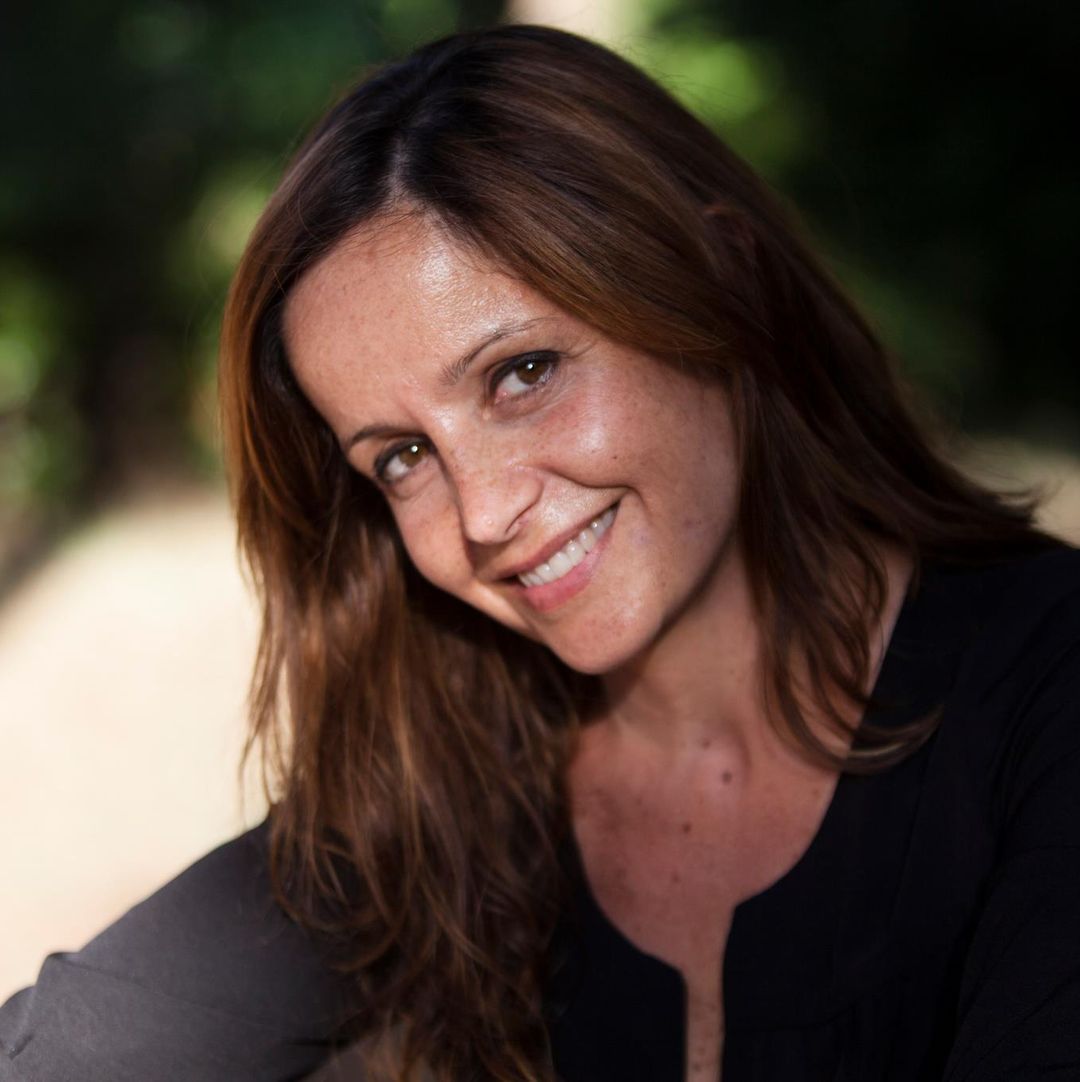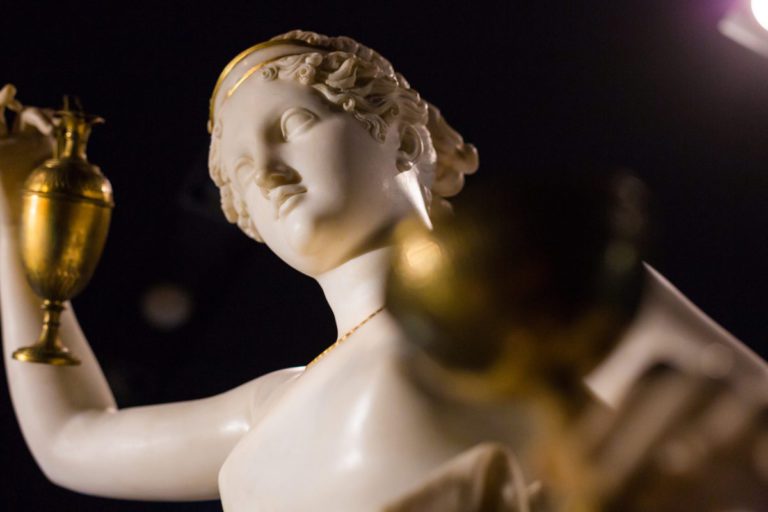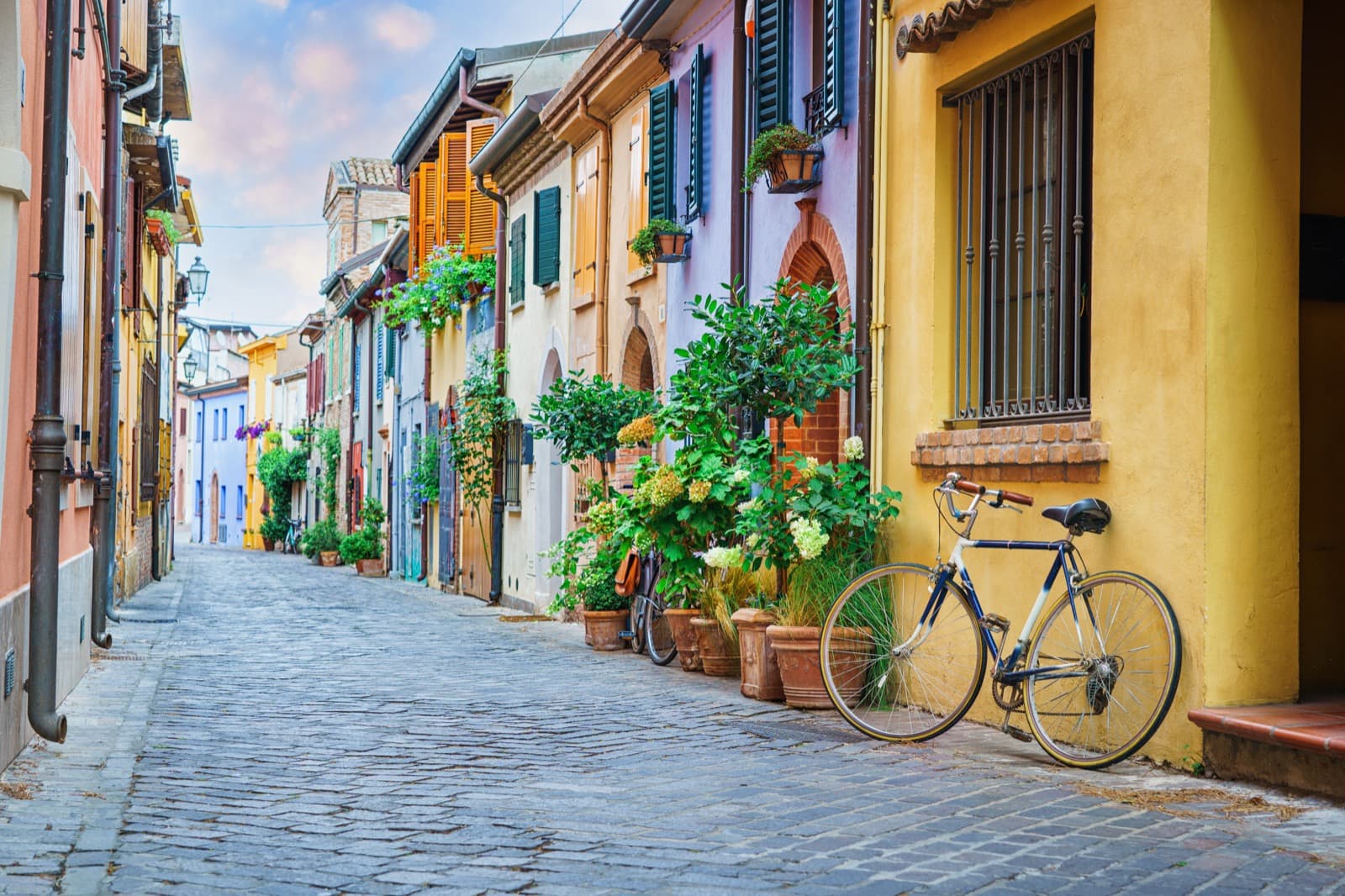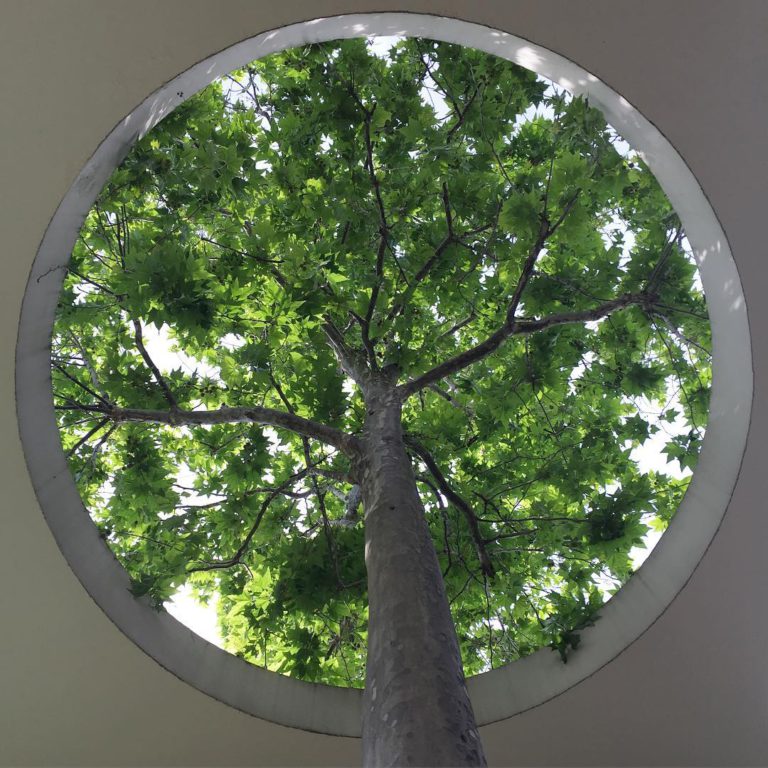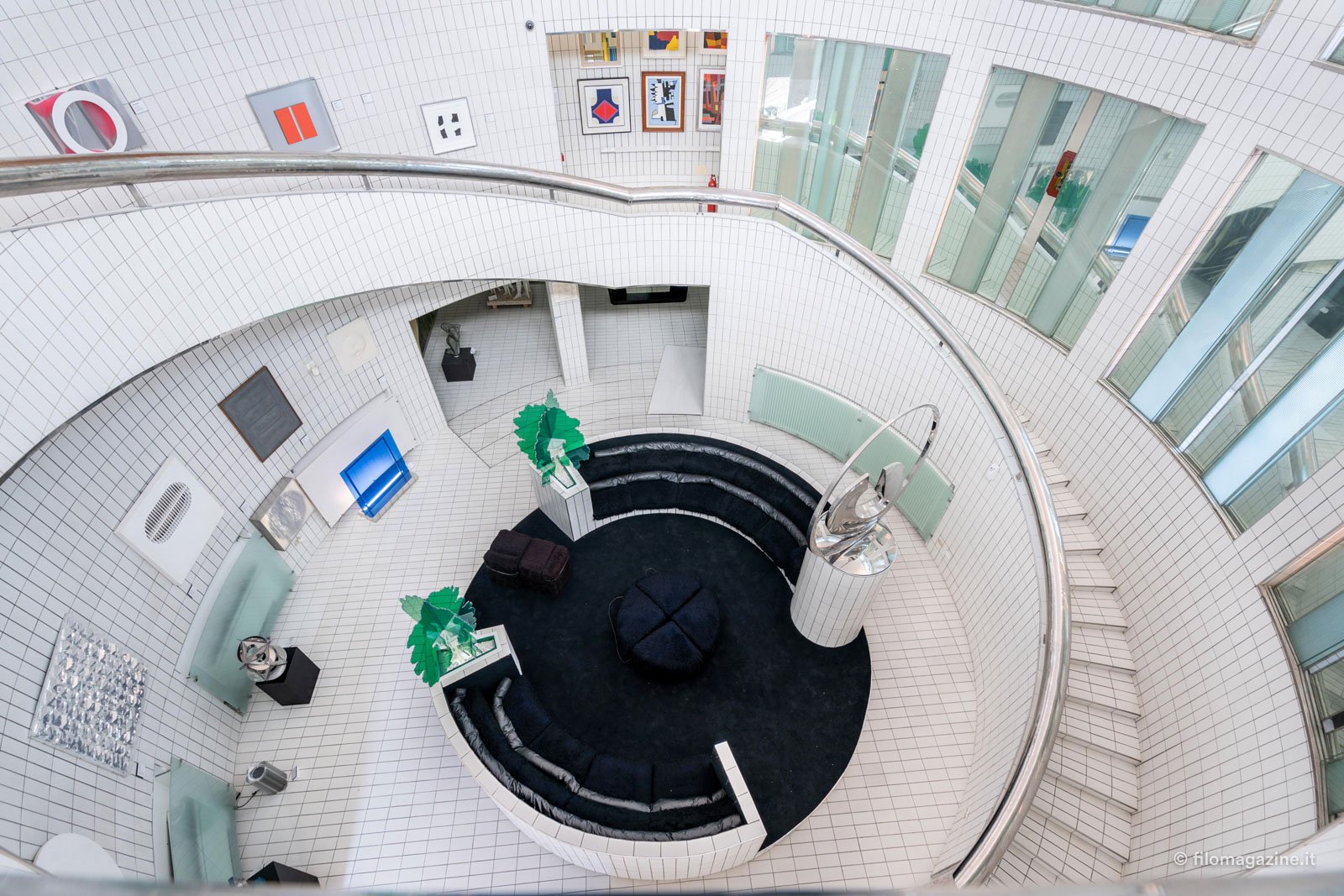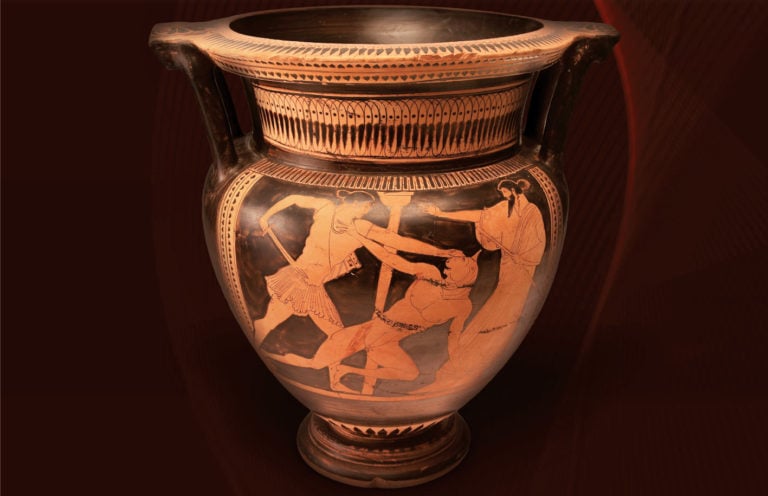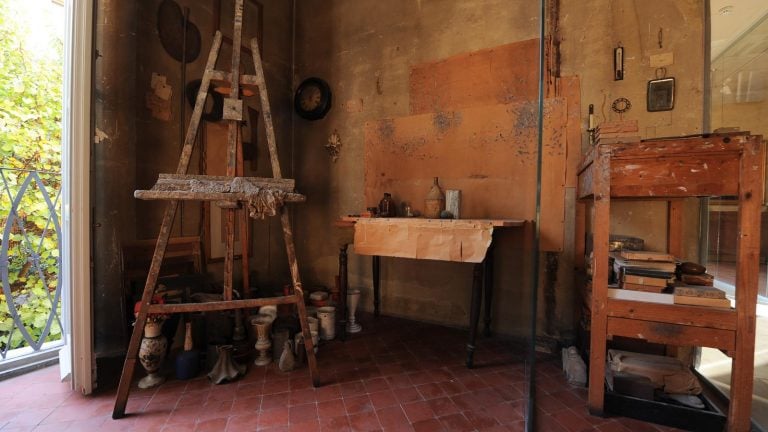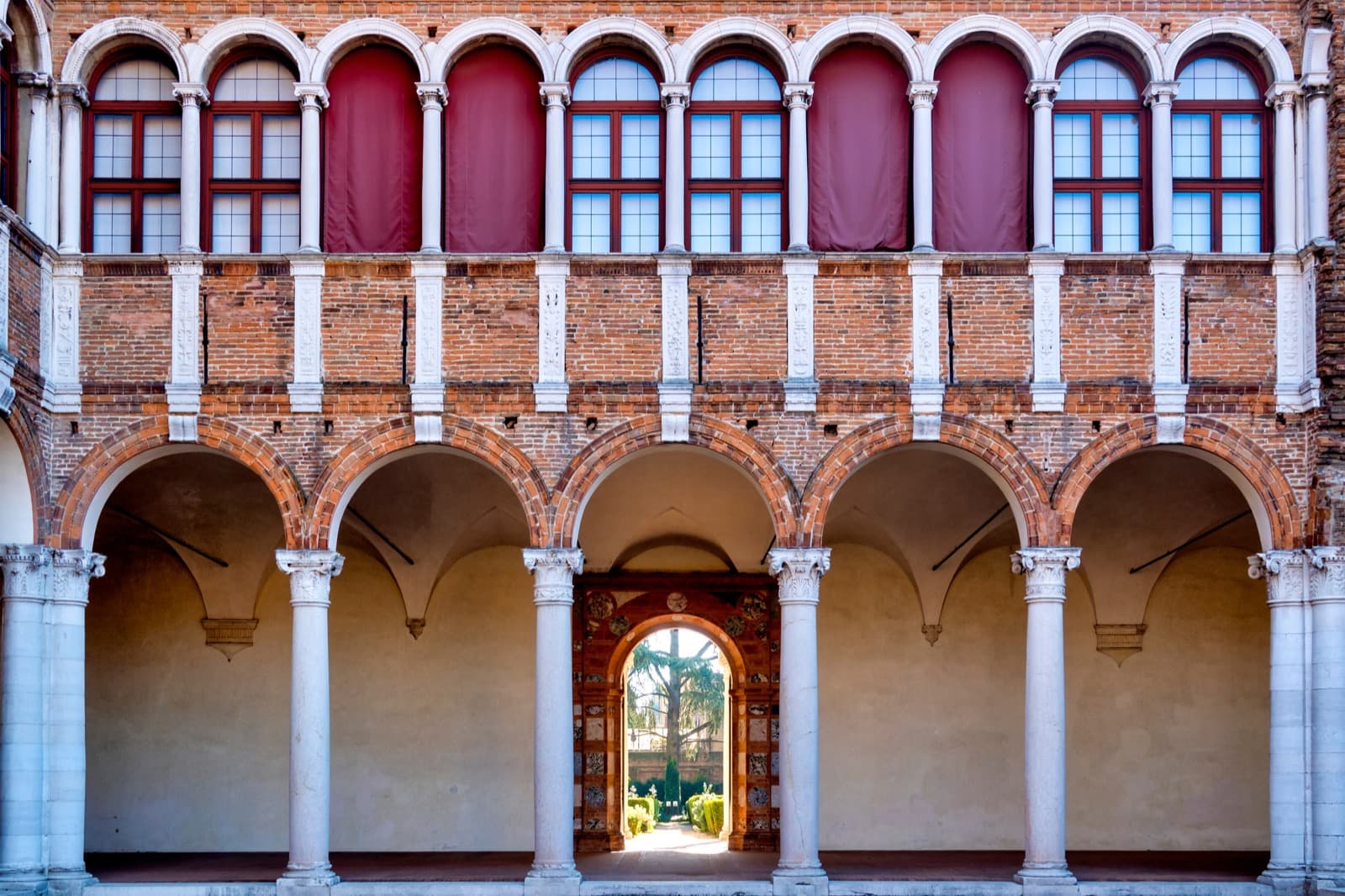Openings, eagerly awaited reopenings, refurbishments: seven museums have opened or will open this year in the art towns of Emilia-Romagna.
Overlooking Ravenna‘s main street, the 17th century Palazzo Guiccioli is being transformed into a new museum dedicated to the poet Byron and the Risorgimento.
In Bologna, where a space dedicated to nineteenth-century painting has just opened, sports fans can look forward to the new Museum of the World of Basketball.
Ferrara is dedicating a room to its famous native son, the film director Michelangelo Antonioni, while in Cento the reconstructed Pinacoteca Civica, named after Guercino, has just opened.
On the occasion of the centenary of the Civic Museum, Rimini inaugurates a new wing dedicated to art from the Middle Ages to the Renaissance and reopens the Palazzi d’Arte with the San Patrignano collection.
Cento | Guercino Civic Art Gallery
The Guercino Civic Art Gallery in Cento has reopened its doors, 11 years after the earthquake that struck Emilia in 2012.
Inaugurated last November, the museum boasts the world’s largest concentration of works by the artist Giovanni Francesco Barbieri, known as Guercino, who was born in Cento on 2 February 1591 and died in Bologna on 22 December 1666, an undisputed master of the Italian Baroque.
The Pinacoteca houses 120 works, including paintings and sculptures, 46 drawings and 20 detached frescoes, including masterpieces such as The Chair of St. Peter, The Risen Christ Appearing to the Mother, The Madonna with the Blessed Child.
The itinerary of the exhibition – curated by Lorenzo Lorenzini and Elena Bastelli of the Cento’s Cultural Department – reconstructs the historical and cultural heritage of the town on the ground floor, using a chronological order based on the most relevant works in the area.
The first floor is instead entirely dedicated to Guercino and his school, including the last two rooms focusing on genre painting and portraits, in which there are significant examples of the workshop.
Bologna | Ottocento Museum
The Ottocento Museum, dedicated to 19th and 20th century Bolognese painting, was inaugurated in April 2023 in Piazza San Michele in Bologna, on the initiative of the Fondazione Ottocento, founded by the art historian and archivist Francesca Sinigaglia.
The exhibition space houses a permanent collection of 85 works, divided into thematic nuclei (oil paintings, watercolours, sketches and others) and arranged in 12 exhibition sections.
These are works by Bolognese artists such as Fabio Fabbi, Giovanni Paolo Bedini, Alfredo Protti, Luigi Busi, Mario De Maria and many others, who worked between the middle of the 19th century and the first decades of the 20th century.
The aim of the museum is to rehabilitate and valorise Bolognese painting of the 19th century, which is often forgotten, and to highlight its important role as an incubator of experience in the transition to the 20th century.
Rimini | Civic Museum
On the occasion of its centenary, the ‘L. Tonini’ Civic Museum in Rimini inaugurated on 13th and 14th April 2024 the new section from the Early Middle Ages to the Renaissance.
The renovation of the itinerary on the first floor, which began a year ago and is dedicated to the splendour of the fourteenth century in Rimini, has involved about a quarter of the museum and has transformed 1200 square metres of exhibition space.
With 14 new sections, more than 150 works, including sculptures, paintings, medals and ceramics, and a new chronological and thematic itinerary, from the Middle Ages to the Renaissance, the narrative thread is reconnected with the rooms on the ground floor, dedicated to the Late Roman period, to open up to the section dedicated to the sixteenth century and beyond.
Ravenna | Byron and Risorgimento Museum
The seventeenth-century palace of the noble Guiccioli family, overlooking via Cavour in the historical centre of Ravenna, welcomed George Gordon Byron between 1820 and 1821.
The famous English poet had come from Venice following his last love, the young and beautiful Teresa Gamba, wife of the owner of the building, Count Alessandro, forty years her senior.
Here Lord Byron lived one of the most productive periods of his legendary life, writing three more cantos of Don Juan, as well as Marino Faliero, Sardanapalus, The Two Foscari, Cain: a Mystery, The Prophecy of Dante and other writings, including the political conspiracies that led to the Carbonari uprisings of 1820-21.
After an extensive restoration, the ancient residence will open its doors to the Byron and Risorgimento Museum, which will present the testimonies and legacies of Byron’s stay in Ravenna. The opening is planned for the autumn of 2024.
The itinerary is divided into rooms that recount the biographical journey, from the arrival in Italy, after the Grand Tour, to the departure for Greece, with a stop in Venice, the theatre of the meeting with Teresa.
Then came his stay in Ravenna, a place of residence and fertile literary activity, without forgetting the connections between love and literary inspiration, between art and life, up to Byromania, a true cult phenomenon.
The museum complex was created to preserve and valorize documents, mostly from the Classense Library of Ravenna, together with memories and heirlooms belonging to Teresa Gamba Guiccioli.
It will be inaugurated on 26 October 2024.
Ferrara | Spazio Antonioni
The legacy of the director Michelangelo Antonioni lives again in the rooms of the former Pavilion of Contemporary Art of Palazzo Massari, in Corso Porta Mare in Ferrara.
The opening of Spazio Antonioni, scheduled for the summer, will enrich the city with an active museum, where the precious material collected by the Antonioni Archive will be in dialogue with the testimonies of artists, directors and intellectuals from all over the world who have inspired or continue to be inspired by the cinema of the great Ferrara filmmaker.
The two floors, which have been completely renovated, contain more than 47,000 objects and documents belonging to the Municipality of Ferrara and related to the Maestro: films, original scripts, stage photographs, his library and records, awards and his correspondence with the great protagonists of the cultural life of the last century: from Roland Barthes to Umberto Eco, from Giorgio Morandi to Federico Fellini, from Andrej Tarkovskij to Akira Kurosawa.
The narrative unfolds chronologically, exploring the seasons of Antonioni’s cinema in the second half of the 20th century, from the waning of the neorealist temperament to the so-called “Trilogy of Modernity”, from the Anglo-American films that witnessed the explosion of pop and hippie culture to the return to the origins and artistic tradition of Italy and Ferrara.
Rimini | Palazzi Arte
Palazzi Arte Rimini, the city’s Museum of Modern and Contemporary Art, which has been closed since July last year to allow the architectural restoration of the first floor and attic of Palazzo del Podestà, is scheduled to reopen after the summer of 2024.
The spaces have been redesigned, enlarging the exhibition areas and rearranging the works on display in rotation from the Fondazione di San Patrignano collection.
Bologna | MUBIT, Italian Basketball Museum
Bologna is a historic city of sport and basketball, known in Italy and abroad as Basket City, with its Palazzetto, built in 1956 and known as the living room of Bolognese sport or even “little Madison”, in reference to the famous arena in New York.
This is why the opening of MUBIT, the Museum of Italian Basketball, scheduled for the end of 2024, is so eagerly awaited. It will be located in the renovated PalaDozza, which already hosts the games of the Bologna teams Virtus and Fortitudo.
Conceived as a modern and interactive space, the museum is dedicated to the culture of basketball, with educational areas for young people, schools and families, a part dedicated to the installations in the old CONI headquarters (corner of Piazza Azzarita / Via Calori), as well as an event space for meetings and presentations.
The MUBIT project was the result of a competition of ideas organised by the Municipality of Bologna and Bologna Welcome, and has been developed in collaboration with the Italian Basketball Federation.
Author
You may also like
Italian greatest artists: 9 artworks in Emilia-Romagna
by Celestina Paglia /// February 12, 2021
by Celestina Paglia ///

Interested in our newsletter?
Every first of the month, an email (in Italian) with selected contents and upcoming events.
12 hidden art collections in Emilia-Romagna
by Tatiana Tomasetta /// February 21, 2024
Museo Delta Antico: a museum in the heart of Comacchio
by Davide Marino /// March 23, 2017
7 museums in Emilia-Romagna you can visit for free
by Elisa Mazzini /// August 30, 2016
